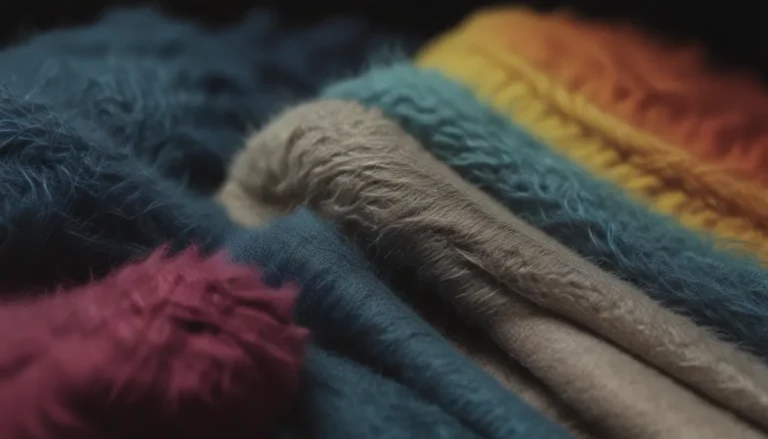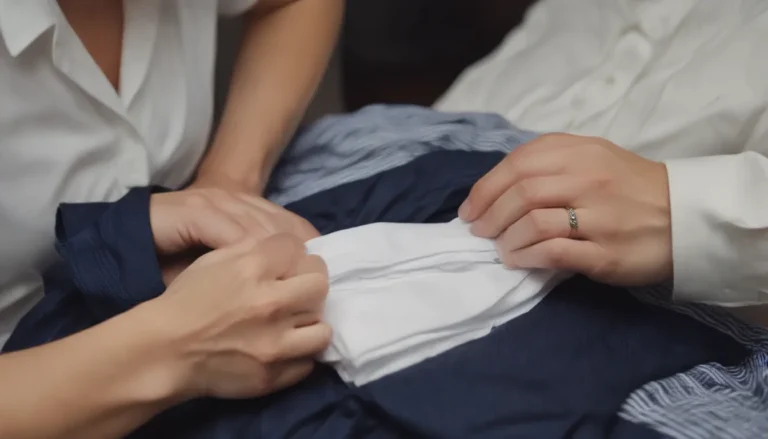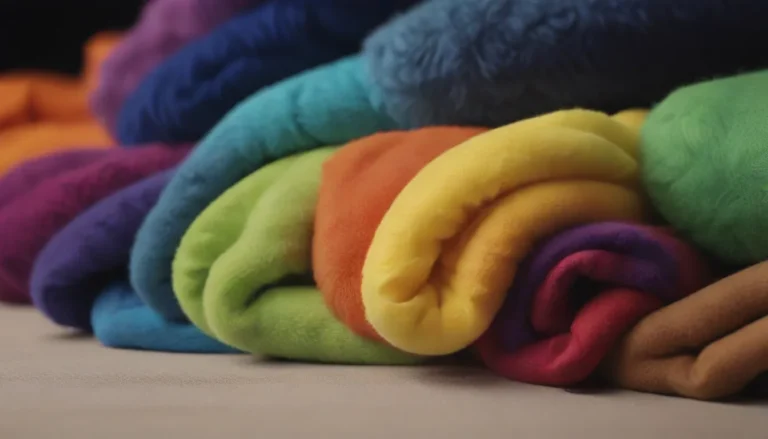The Effects of Hot Water on Bacteria: Exploring the Facts

Are you someone who’s constantly questioning whether hot water truly kills germs? Whether you’re hand-washing dishes or doing your laundry, the debate around the effectiveness of hot water in killing bacteria is a popular one. But does hot water actually do the job, and if so, how hot does it need to be? Let’s dive into the science behind this common household concern.
Understanding the Power of Hot Water
Hot water does have the ability to kill some bacteria, but the key lies in the temperature that the water needs to reach to be effective. Most people can tolerate water at a temperature of about 110 degrees Fahrenheit for a short period. However, to reliably kill bacteria and pathogens, water needs to reach a temperature of 212 degrees Fahrenheit, which is the boiling point of water at sea level.
When it comes to everyday activities like dishwashing and laundry, most of us don’t use water at temperatures anywhere near this high. In fact, the recommended maximum water heater temperature for household use is around 120 degrees Fahrenheit, according to the U.S. Consumer Product Safety Commission. This means that while hot water may aid in cleaning, it might not be hot enough to effectively kill bacteria.
The Role of Hot Water in Cleaning
Even if hot water doesn’t necessarily kill a significant amount of bacteria, it does play a vital role in the cleaning process. Hot water, when combined with detergent, helps to break down oils and grime on dishes and clothes, making them cleaner and less likely to harbor bacteria. By using hot water, you’re not only removing visible dirt but also reducing the potential for bacteria to thrive on surfaces.
Practical Tips for Sanitizing Dishes and Clothes
While boiling water may not be practical for everyday dishwashing and laundry, there are alternative methods you can use to effectively sanitize your items. Here are some tips for ensuring your dishes and clothes are properly disinfected:
Sanitizing Dishes
- Prepare a Bleach Solution: Mix 2 teaspoons of household bleach per gallon of water in a clean sink or washing tub.
- Wash and Rinse Dishes: Thoroughly wash the dishes with hot water and dish detergent, then rinse.
- Soak for at Least 2 Minutes: Submerge the dishes in the bleach solution for at least 2 minutes.
- Air-Dry Dishes: Drain the dishes into the sink and air-dry on a clean dish rack.
Note: Avoid using a bleach solution with certain types of cookware, such as aluminum or plain steel, as it can cause rusting.
By following these steps, you can effectively sanitize your dishes and reduce the risk of bacterial contamination.
Conclusion
While hot water alone may not be the ultimate solution for killing bacteria, it does play a significant role in the cleaning process. By understanding the limitations of hot water and implementing proper sanitization techniques, you can ensure that your dishes and clothes are clean and safe for everyday use. Remember, it’s not just about the temperature of the water, but also how you use it in conjunction with other cleaning agents to achieve optimal results. So next time you’re wondering if hot water kills bacteria, you’ll have the knowledge to make informed decisions about your household hygiene practices.





